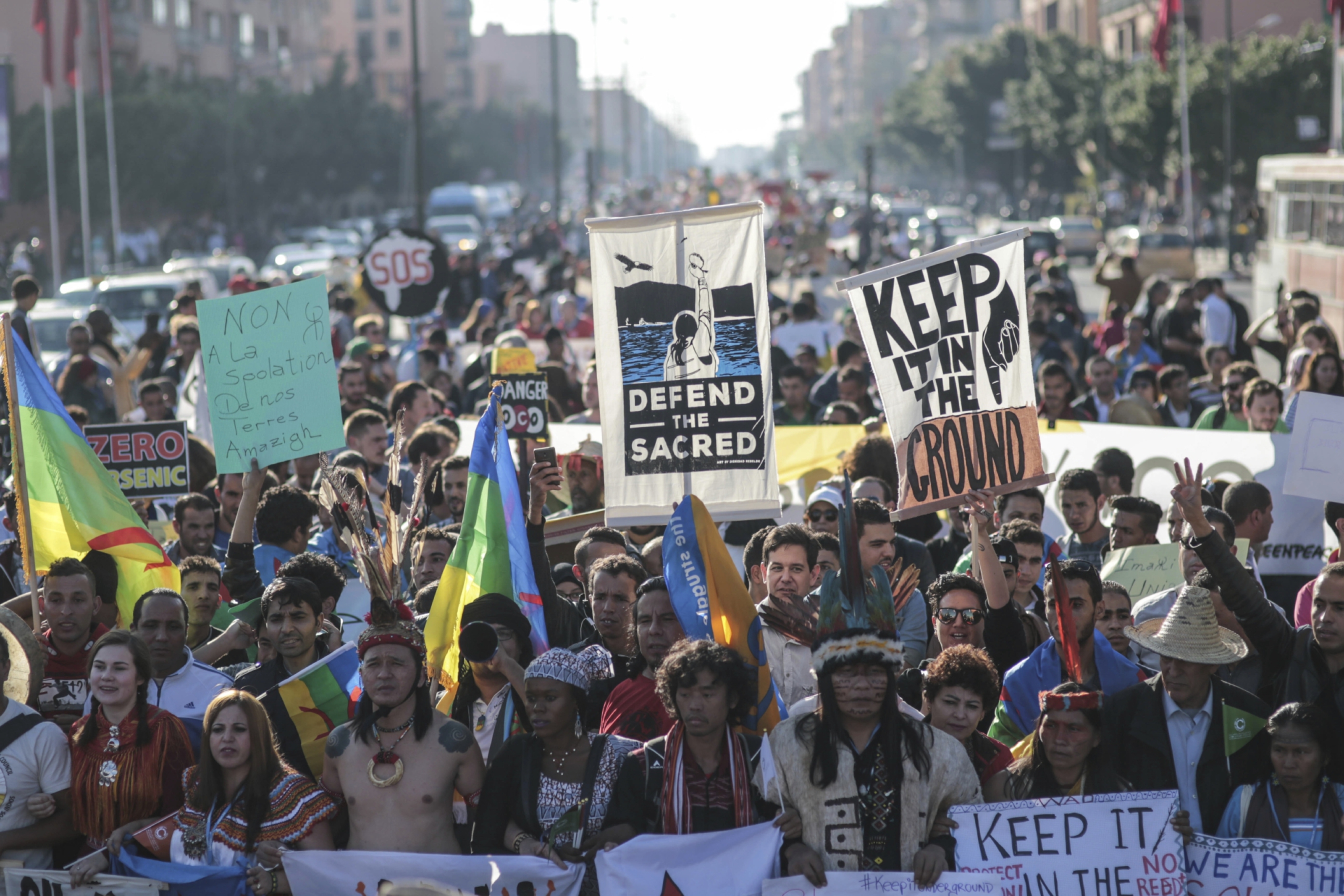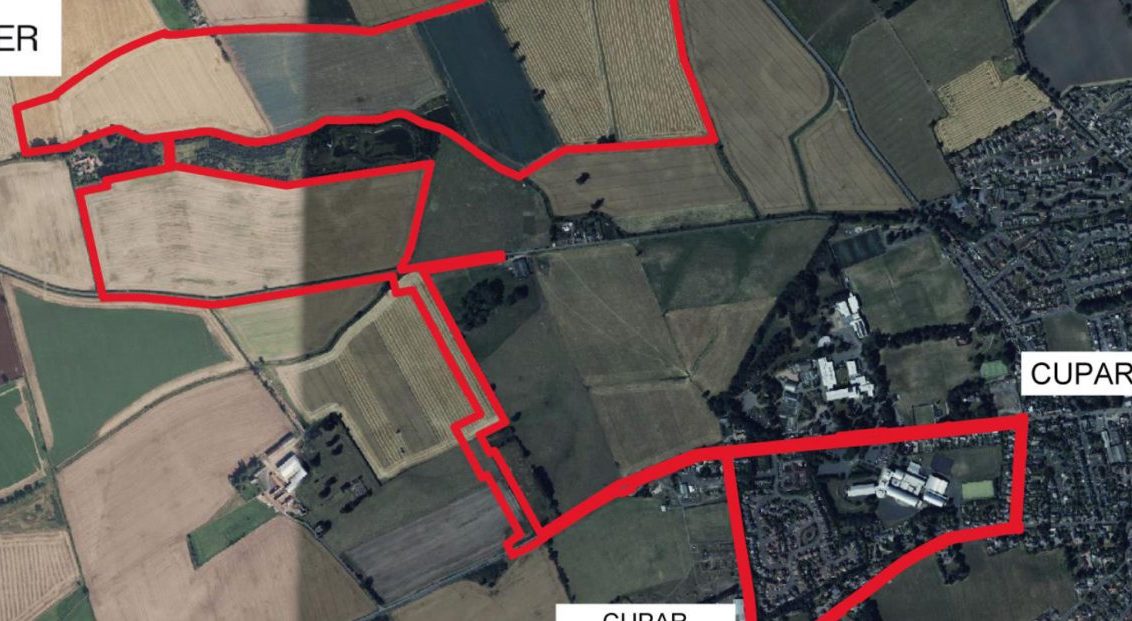This year is set to be the hottest year on record, beating the previous highs seen in 2015, the World Meteorological Organisation has said.
Man-made warming and a strong climate phenomenon in the Pacific known as El Nino have pushed global temperatures to 1.2C (2.16F) above pre-industrial levels and 0.88C (1.58F) above the average for 1961-1990, provisional figures show.
As a result, 2016 is on track to be the hottest year in records dating back to the 19th century, with 16 of the 17 warmest years on record having occurred in the 21st century.
WMO secretary-general Petteri Taalas said: “Another year, another record. The high temperatures we saw in 2015 are set to be beaten in 2016.”
The provisional assessment by the WMO has been released to inform the latest round of UN climate talks in Morocco, which are focusing on implementing the world’s first comprehensive climate treaty, the Paris Agreement.
The agreement, which came into force earlier this month, commits countries to cutting greenhouse gas emissions to net zero in the second half of the century to keep temperature rises to “well below” 2C and to pursue efforts to curb them at 1.5C above pre-industrial levels.
A new study suggests carbon emissions have seen “almost no growth” in the past three years, marking a break from rapidly rising output in the previous decade and raising hopes that emissions may have peaked.
The world’s biggest polluters, China and the US, have seen their emissions fall slightly in the last year with a reduction in burning coal for power.
But experts warn carbon dioxide levels in the atmosphere are at record levels, and emissions will have to fall sharply, not just plateau, in order to prevent dangerous climate change.
The election of Donald Trump as the next US president has also raised concerns about the fight against global warming, as he has claimed it is a hoax by the Chinese, and has pledged to pull out of the Paris Agreement and boost coal in the US.
The WMO assessment showed global temperatures for January to September 2016 were 0.88C above the 14C (57.2F) average for 1961-1990, with El Nino leading to a spike in temperatures in the early months of the year.
But preliminary data for October suggests temperatures remain high enough for 2016 to be on track for the title of hottest year on record, beating 2015.
Prof Taalas said: “The extra heat from the powerful El Nino event has disappeared. The heat from global warming will continue.”
This year has also seen melting ice, coral reefs bleaching in the face of hot oceans, above-average sea level rise and extreme weather.
An analysis by the WMO released last week found the global climate had seen its hottest five-year period on record between 2011 and 2015, with temperatures 0.57C (1.03F) above the 1960-1991 average.
Man-made climate change is driving extreme weather, with more than half of 79 studies published between 2011 and 2014 by the Bulletin of the American Meteorological Society finding global warming contributed to individual extreme events, the WMO said.
Professor Peter Stott, of the Met Office, said 2017 was unlikely to be another record-breaking year in a row as El Nino will have waned.
But it was still likely to be warmer than any year prior to the last two decades because of the underlying extent of man-made global warming, due to increasing levels of greenhouse gases in the atmosphere, he said.
Despite the concerns over Mr Trump’s win, countries at the talks in Morocco insisted international action on climate change would continue and called on the president-elect not to pull out of the Paris Agreement.
While some experts and campaigners fear Mr Trump’s take on the climate will be disastrous, others believe the shift towards low-carbon energy and clean technology cannot be stopped.









